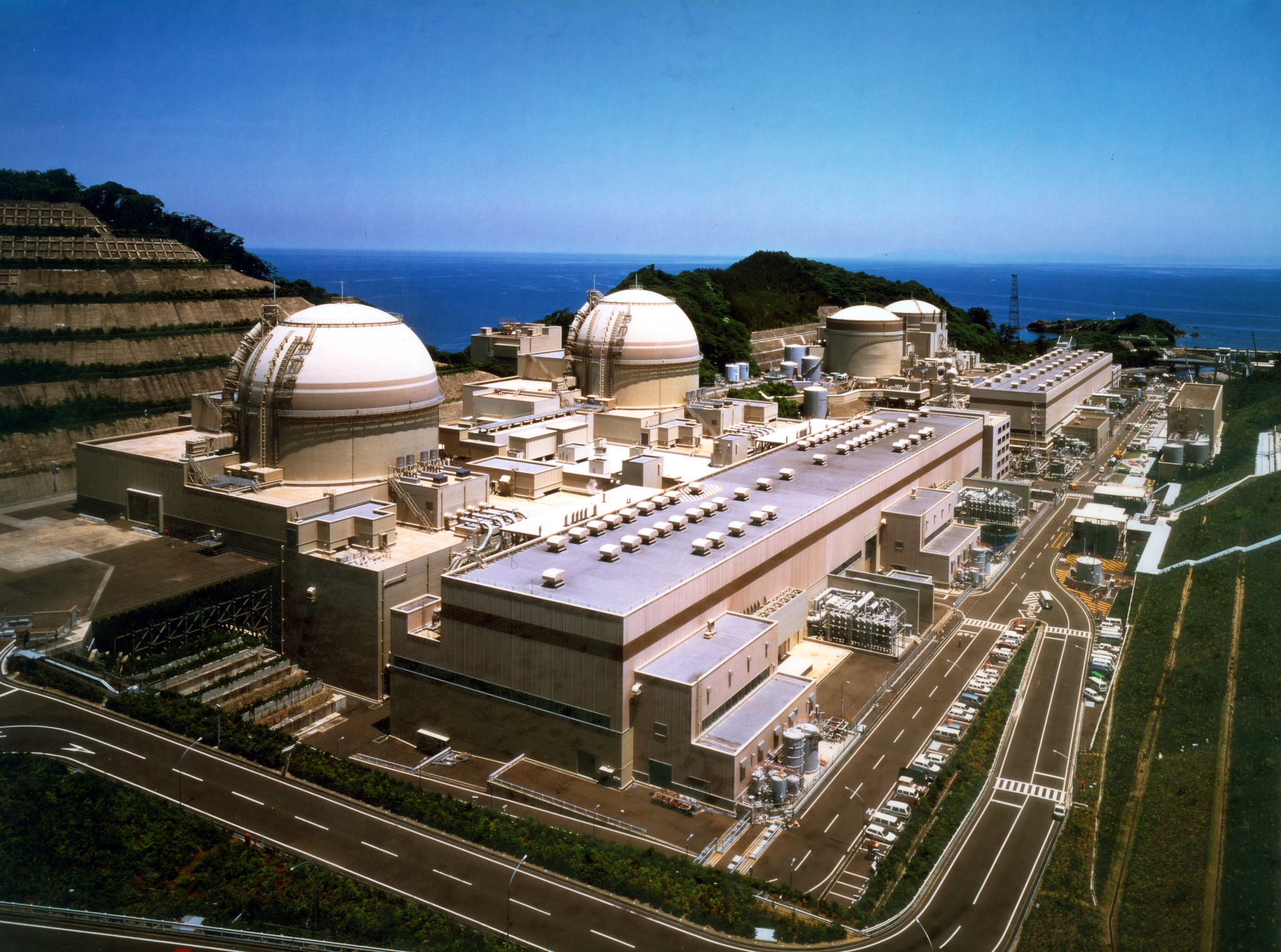In tough times, it pays to stretch your money and make it work a little bit harder. This is especially true if the money at stake is $40 billion. That’s roughly the amount Japanese firms have spent since the Fukushima disaster to revamp nuclear safety.
Despite the rich outlay, most of the utilities have so far failed to reap any benefits. Less than one in five of the nation’s nuclear reactors are currently online. What’s worse, after the 2011 accident a 40-year limit was placed on the equipment’s operating life. So far, most of the reactors have spent over a quarter of that life fixing pipes and polishing the dust, all without producing a kW of electricity.
So it comes as little surprise that Prime Minister Kishida made headlines in recent months arguing for more of the Japanese nuclear fleet to be brought online. But even if his words move regulators and local politicians to accelerate the restart process, current reactor economics look grim. Safety upgrades have increased utility investments into the nuclear stations by about 30-40%. And yet, the facilities have spent a quarter of their permitted life without earning a single yen.
It was only a matter of time before the issue of operational life extension came up. But this can’t be more than a temporary answer.

